These Blonde Treatments Will Give You Your Best-Ever Hair
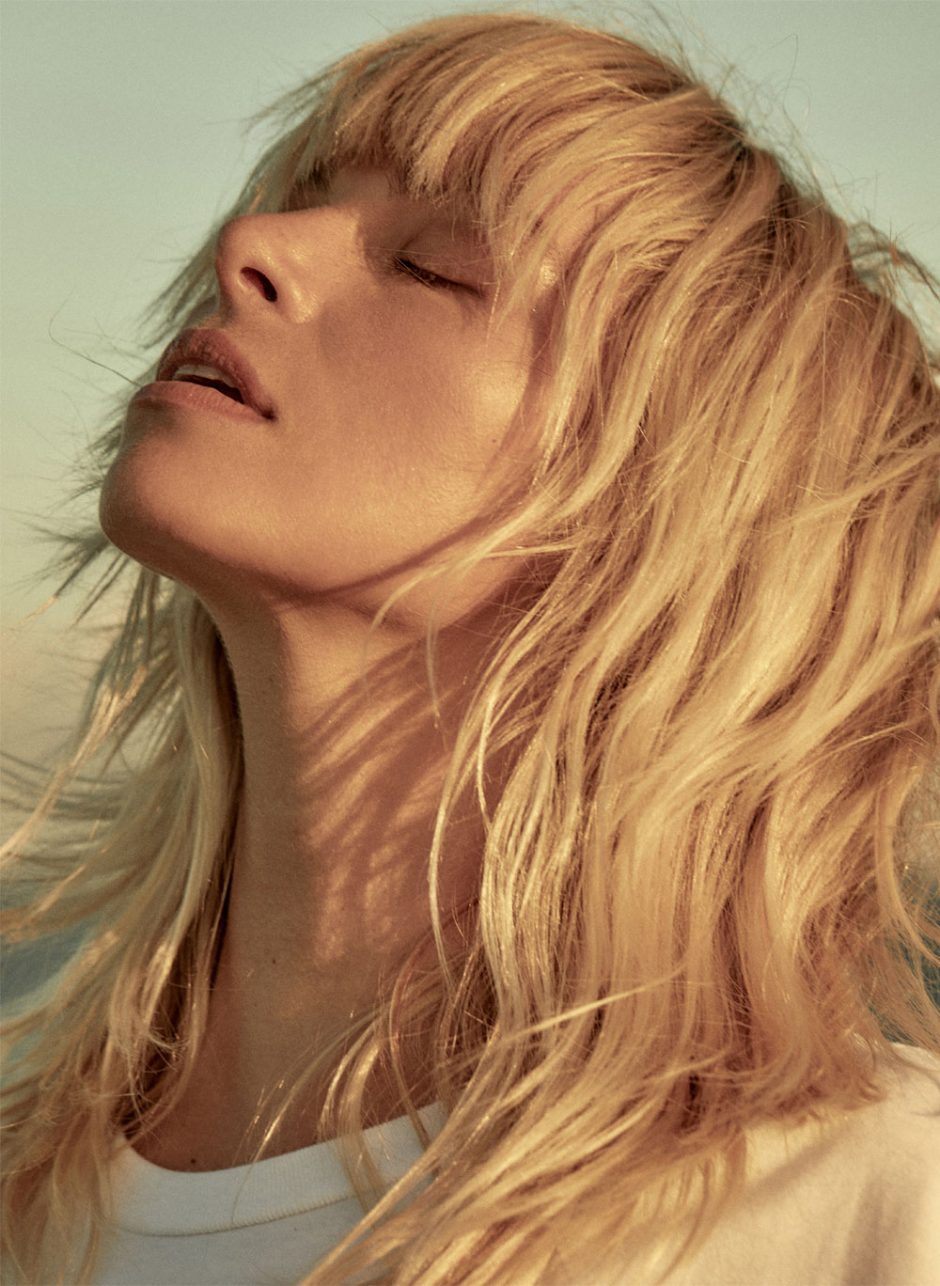
It ain’t easy being green blonde. While it’s claimed that blondes have more fun, this isn’t always the case.
Maintaining highlights takes work, especially if you weren’t born that way. Bleaching hair causes it to become more prone to breakage and split ends. This means treatments to strengthen strands, inject moisture and nix brassy tones are mandatory for bottle blondes. But don’t just take our word for it — Jaye Edwards, colourist and founder of EdwardsAndCo, and Sheree Knobel, director and founder of Bixie Colour, agree. Here, they share their top tips for a top-notch blonde.
Sort out your regime
Why are blondes at risk of damage? (Great question!) In short, lightening is the strongest chemical process that hair can undergo. “Bleaching products penetrate the core of the hair’s structure to remove all of the natural pigment — as a consequence, the cuticle can be open and feel rough to the touch,” explains Knobel. Translation? Your hair care regime needs to be thorough in order to replace the nutrients removed through bleaching.
As for what this regime looks like? Jaye Edwards explains that it doesn’t have to be complicated, however, high-quality products are a must. “Your regime at a minimum should include a good shampoo, conditioner, mask, a bond repairer such as Olaplex, a leave-in treatment and a heat protector,” shares Edwards.
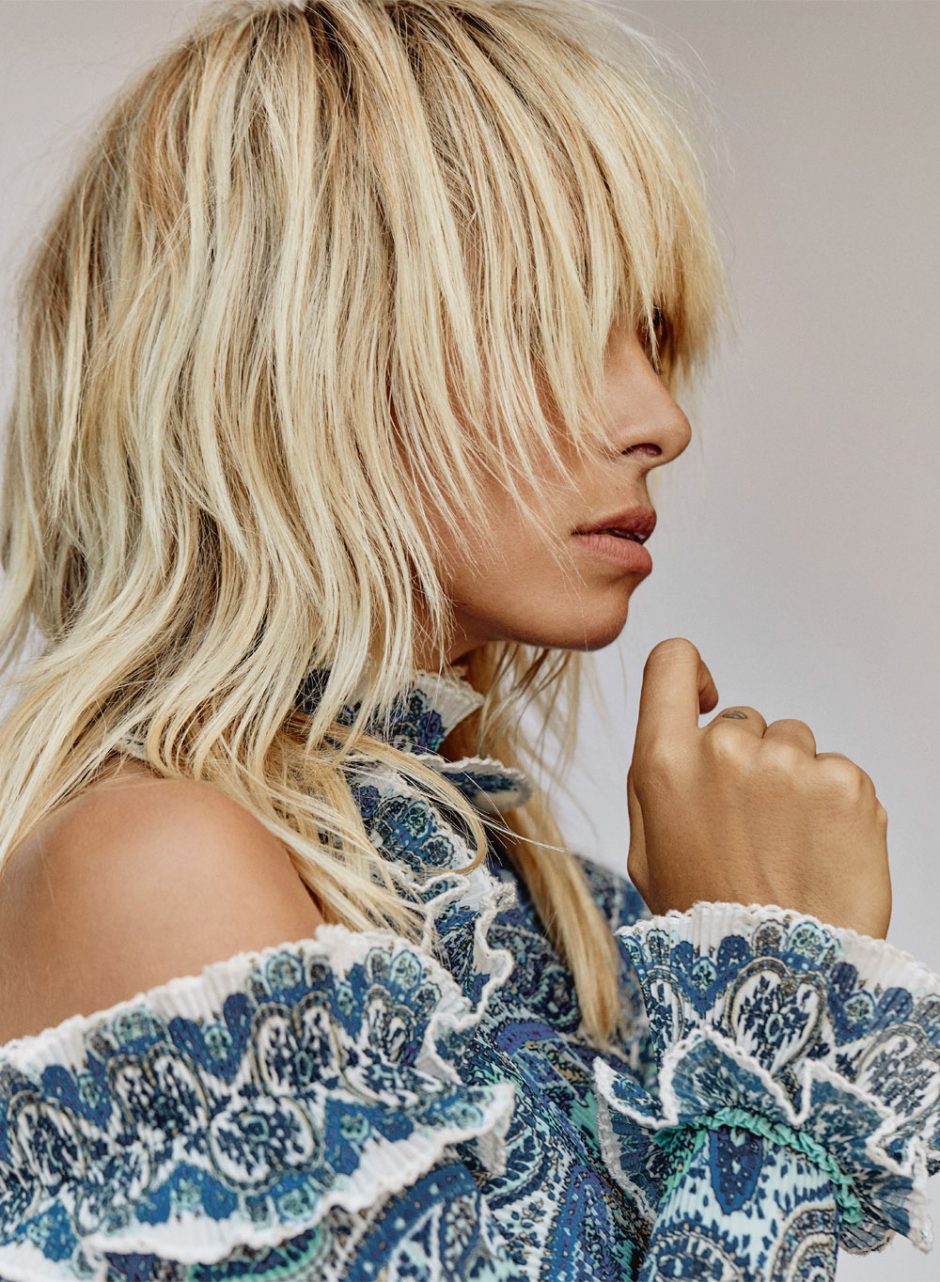
Consider a leave-in treatment
Gone are the days when leave-in conditioners and masks were heavy and greasy. The technology has come a long way, making it easier to integrate into your hair care regime. And according to the experts, if healthy hair is your end-goal (which we’re assuming it is) this is a step you cannot skip.
“Leave-in treatments are non-negotiables for my blonde clientele, as are the appropriate professional shampoo and conditioner,” says Knobel. “I always recommend a weekly bond treatment for my clients.”
Post-wash, she recommends the refreshingly lightweight Redken One United One United Multi-Benefit Treatment Spray. “Apply it to wet or dry hair for a multitude of benefits including heat protection, breakage prevention, smoothness and manageability, and detangling,” explains Knobel.
If you need something a little more heavy duty, Edwards highly recommends the Virtue Labs Split End Serum, which contains the groundbreaking, split-end-repairing Alpha Keratin 60ku protein. “Ideally, you should be applying a leave-in treatment after every wash — either the Split End Serum, or my other favourite, Olaplex No.6 Bond Smoother.”
Let’s talk about bonds
Speaking of bonds, bond-building hair treatments are relatively new to the game; this new technology repairs and rebuilds colour-damaged cuticles.
“Bonds are responsible for your hair’s natural strength and elasticity, and you can’t lighten hair without breaking bonds,” says Knobel. “At Bixie, we add pH-BONDER into the bleach to protect and actively repair the bonds during the lightening process. The added layer of safety means blonde can be pushed further whilst maintaining the integrity of the hair.”
Edwards’ weapon of choice is the OG in bond repair technology, Olaplex. “It has the ability to repair hair during your colour service, as well as afterwards, courtesy of their at-home care,” he says. “We also use Virtue Labs’ Color Kick, which is a pure human keratin extracted extensions and wigs,” explains Edwards. Leftovers from the hair extensions and wig industry are recycled and reused for this purpose. “Your hair strands recognise the keratin within the product as part of itself, so [the keratin] attaches to the hair and repairs it.”
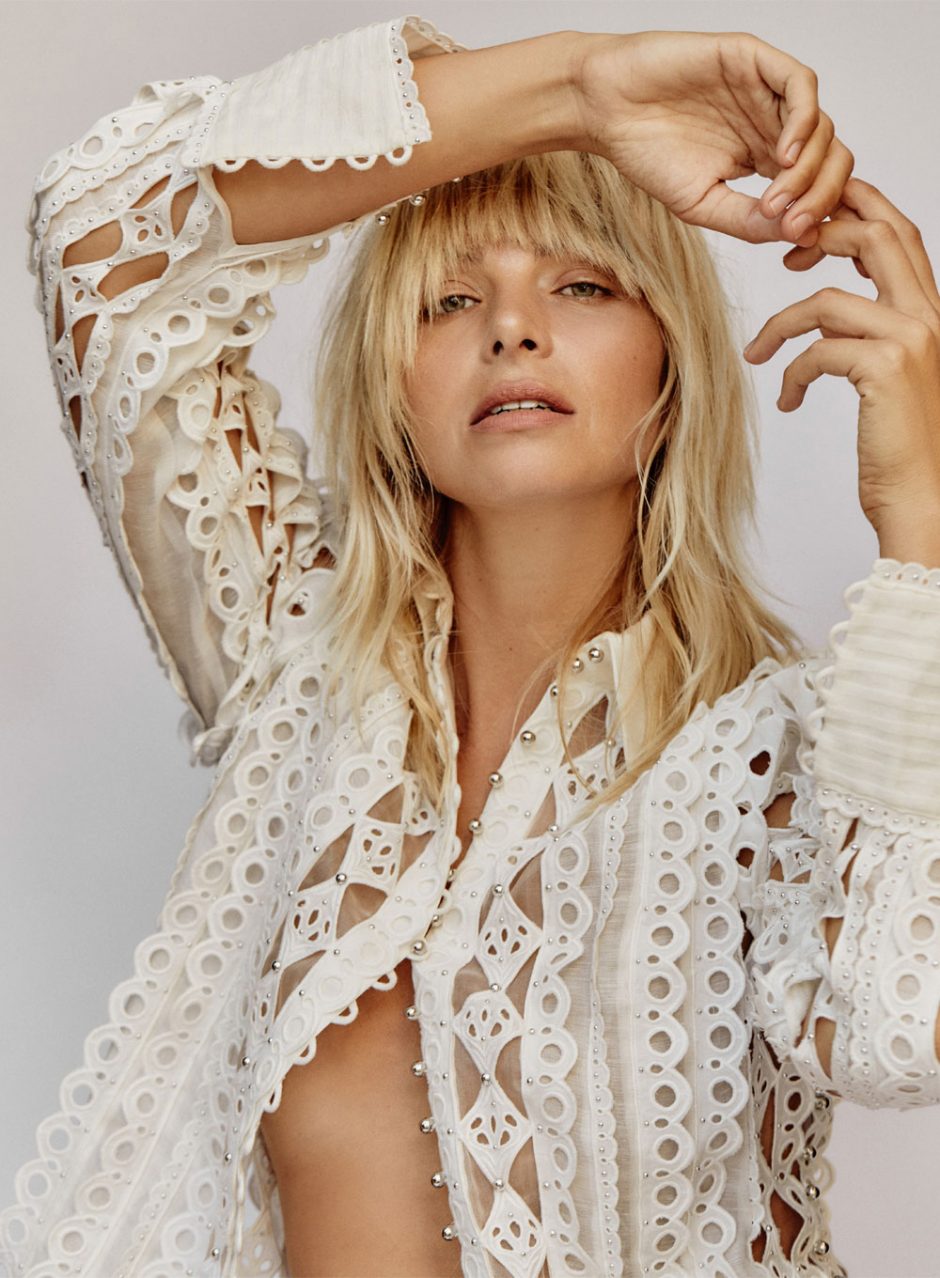
Time to tone
“First, it’s important that we dispel the myth that toners are only used to correct the hair,” states Knobel. “It is true that toner can be used to counteract unwanted tones, but toners are at their prime when adding tone to blonde hair. Bleach is not colour. Bleach is colour remover that leaves us with yellow, yellow-blonde, or white.”
“Toner is how we achieve, for example, beige blonde, champagne blonde, honey blonde, ash blonde — it adds the specific tone or shade of blonde. So, your first port-of-call for toner should be at the basin in-salon to achieve the desired colour. This will last six to eight washes.”
When should you reach for a toner? “[Use a] salon-grade purple treatments when you notice brassiness — over-using purple shampoo can make blonde hair look dark and murky,” explains Knobel. According to Edwards, using a toning shampoo or conditioner every two weeks should do the trick.
Not all toners are created equal. “It’s a jungle out there when it comes to choosing a toner,” says Knobel. (Preach!) “You have to be careful because most toners are activated with a peroxide, which can start to act like a permanent colour.” Her treatment of choice? Redken Shades EQ. “It doesn’t change the hair’s natural colour or expose warmth — it’s a godsend.” Edwards recommends Christophe Robin Shade Variation Care range: “they are amazing.”
One last thing…
We’ll leave you with three final tidbits of advice:
- Avoid getting your hair done too often. “If you’re over-exposed or over-processed, no treatment will save you,” says Knobel.
- “Protect [your hair] from unnecessary heat exposure,” warns Edwards, “and use a heat protectant when you style your hair.”
- Always shampoo your hair after swimming. “Never let the chlorine minerals or salt water stay in your hair,” Knobel explains. “They will cause build up and strip out your blonde tone.”
What are your holy grail blonde hair treatments? Which of these tips and tricks will you be adding to your hair regime?

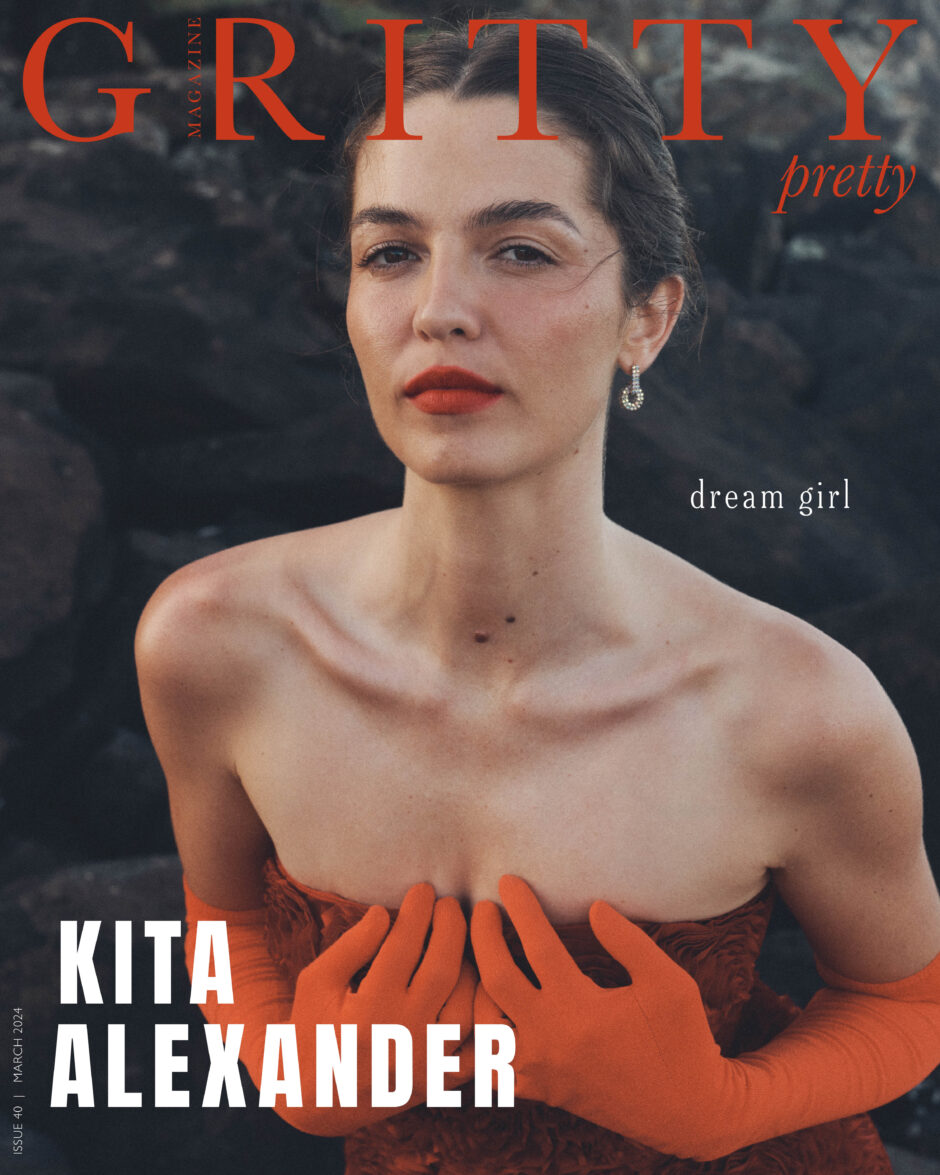
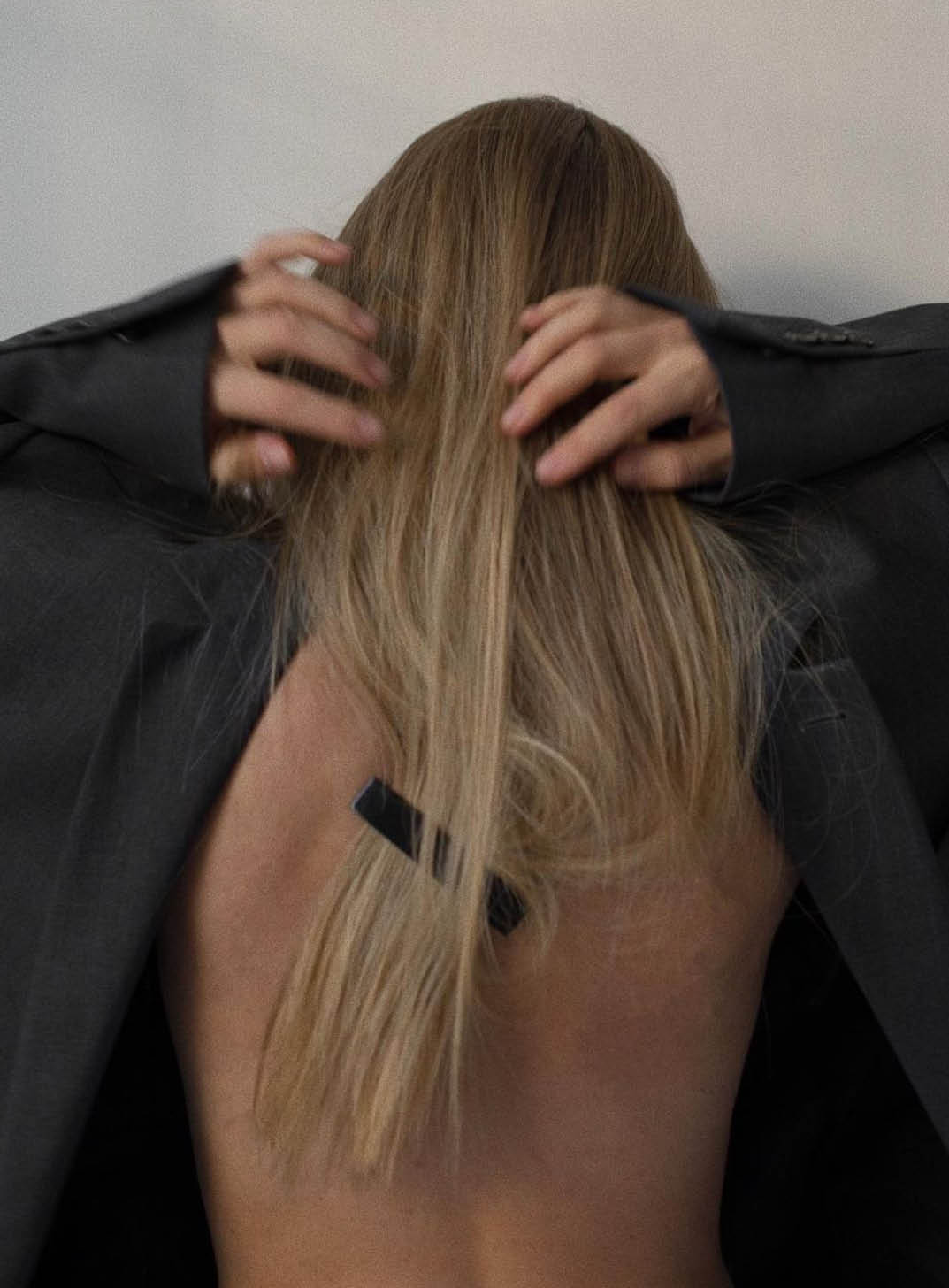
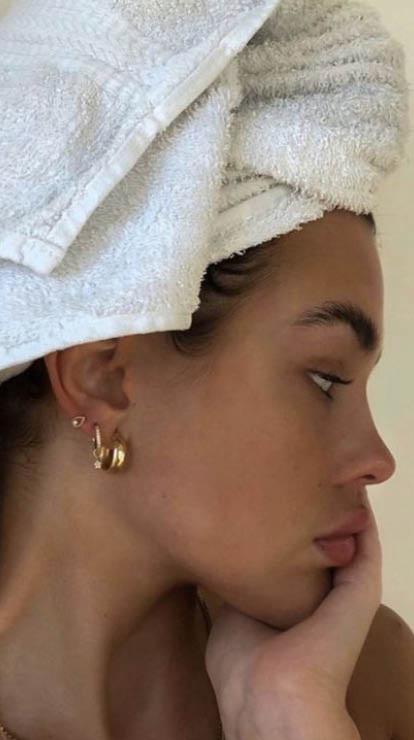

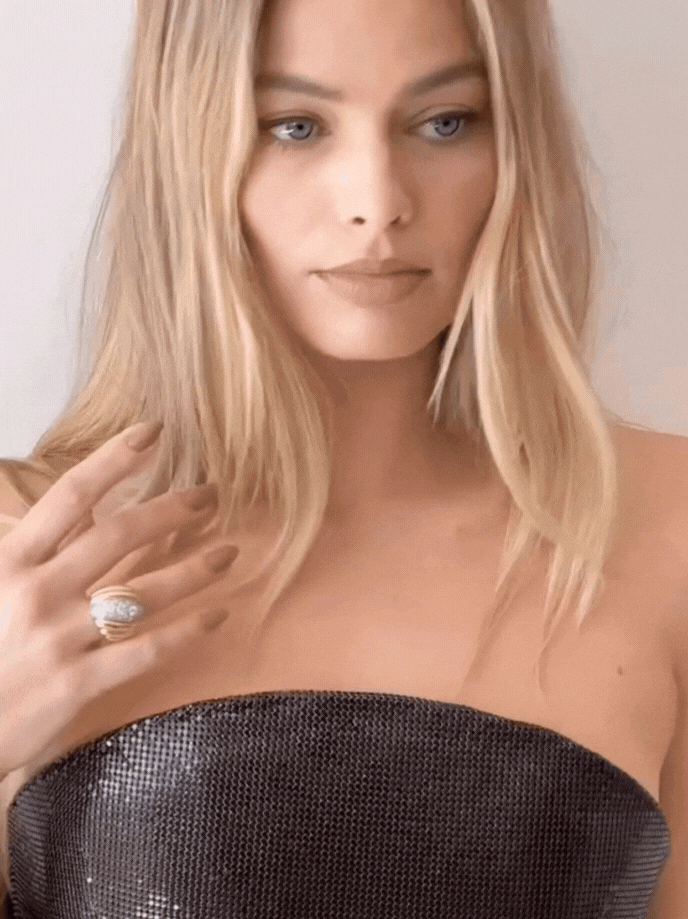
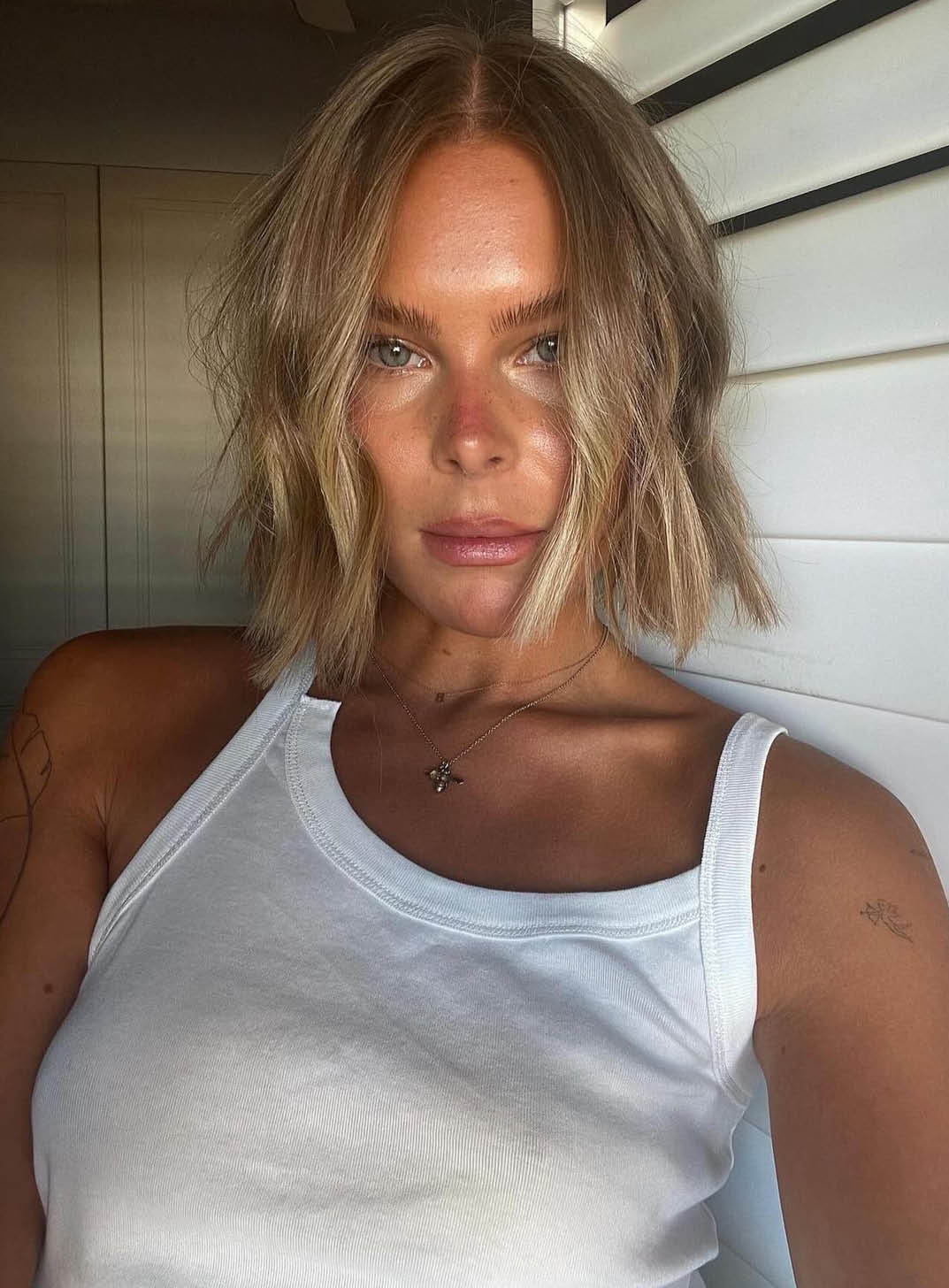
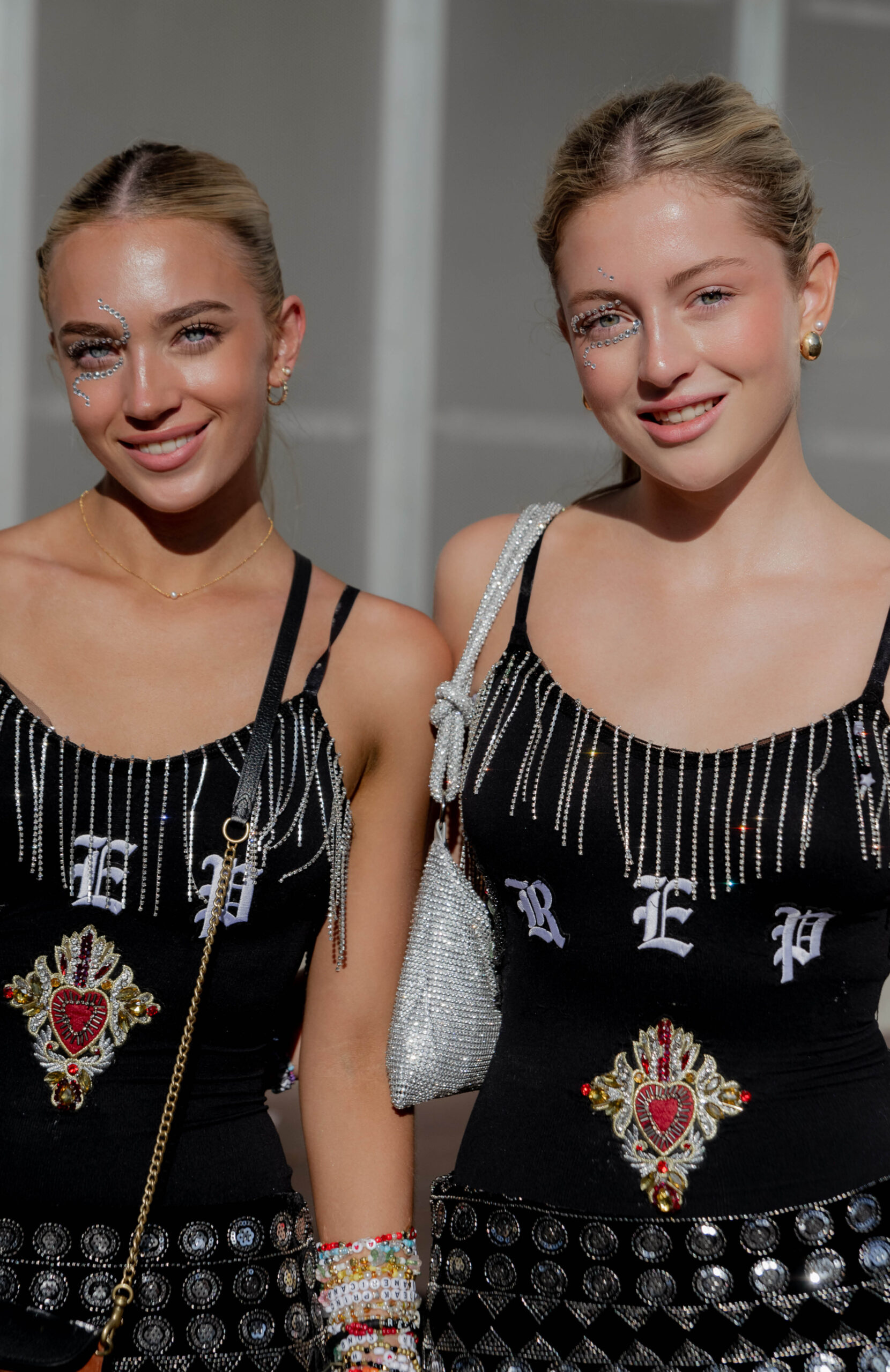
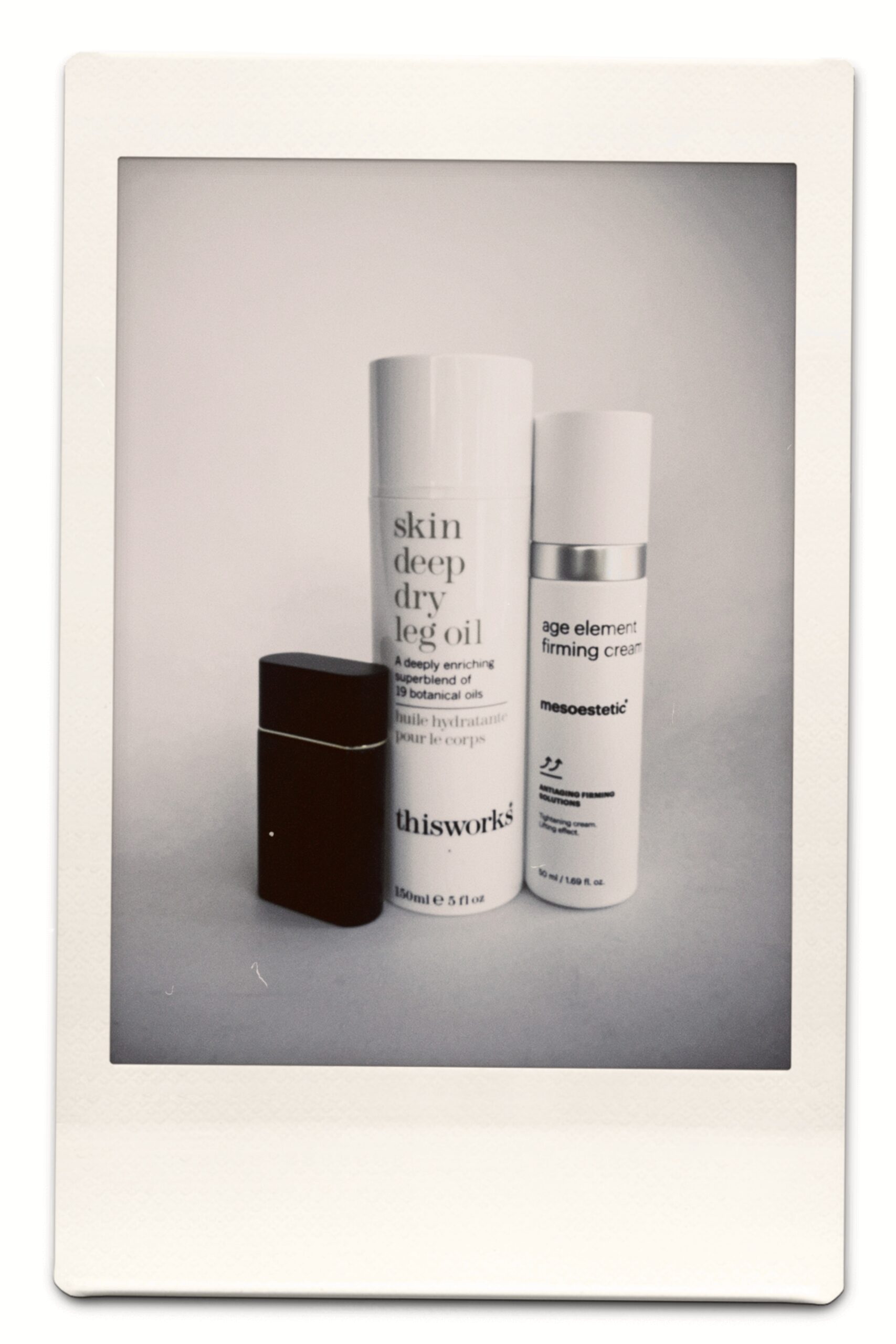
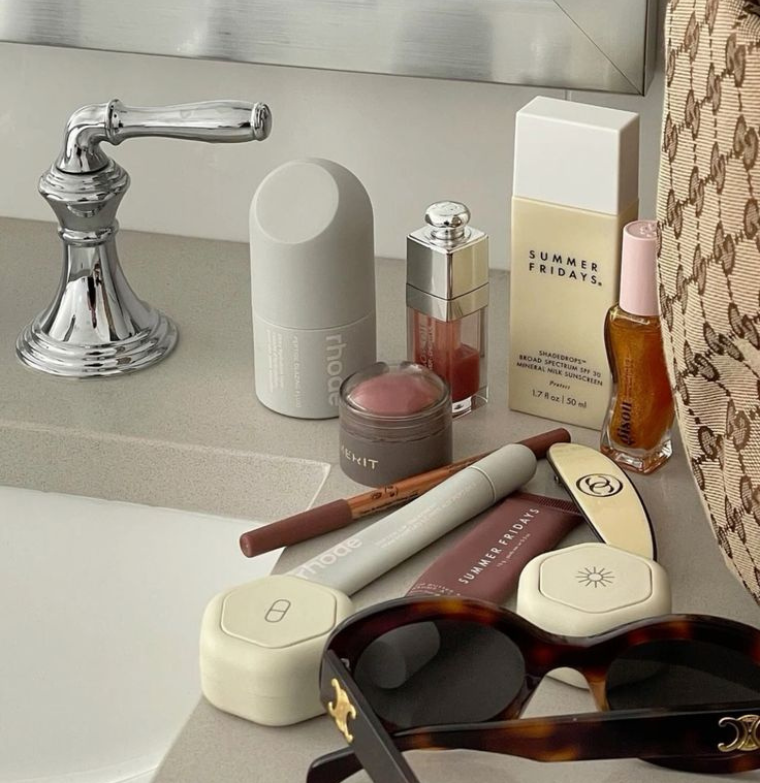
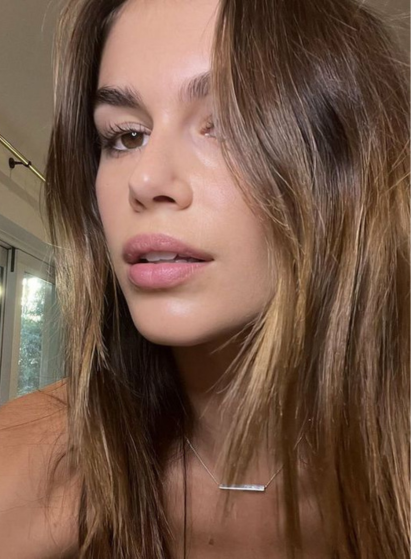
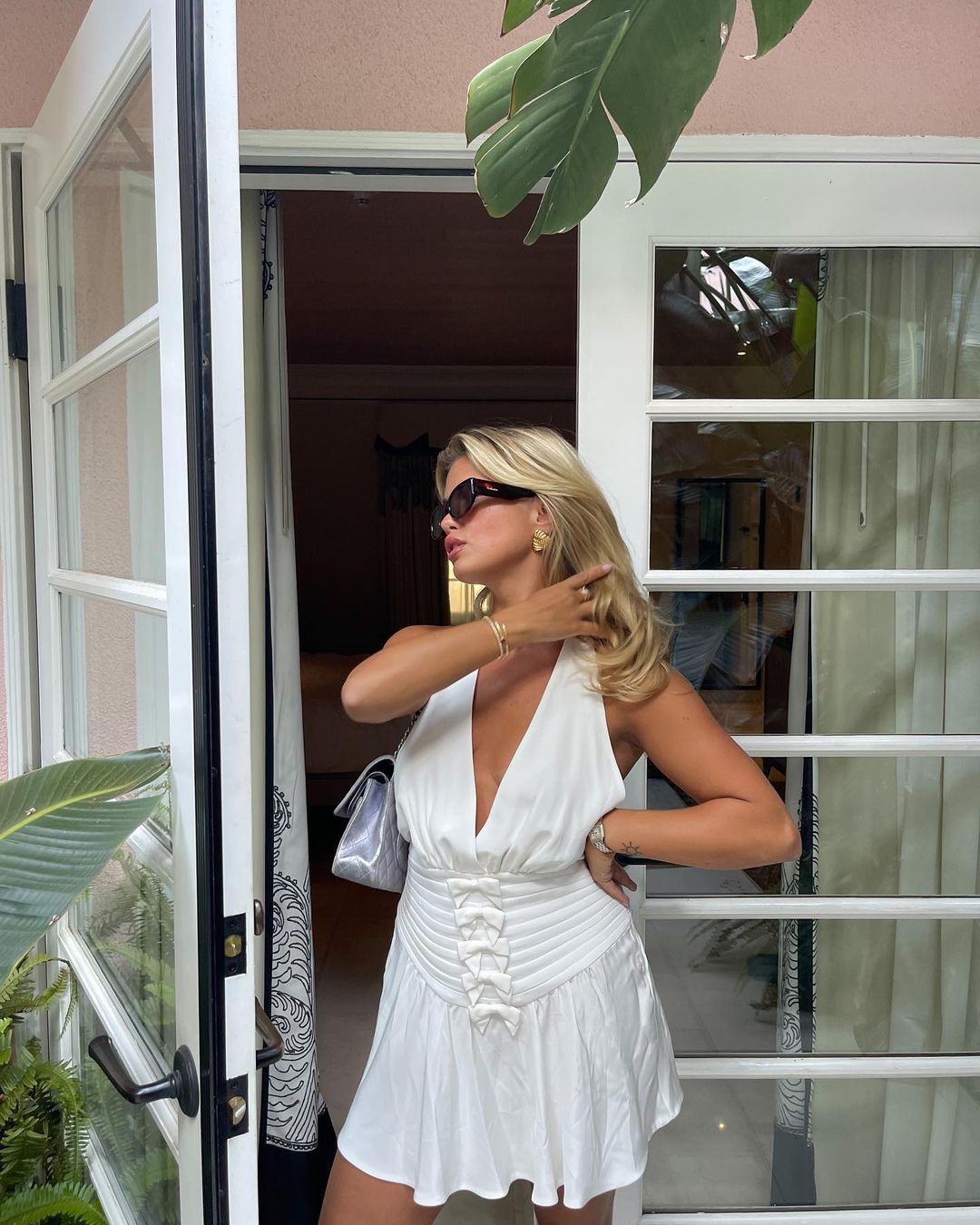
Comments